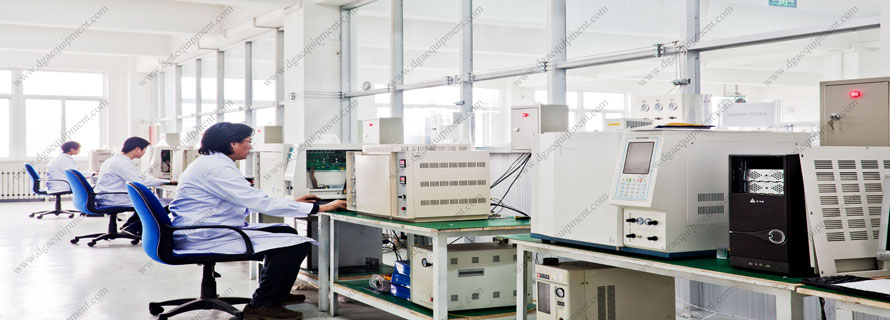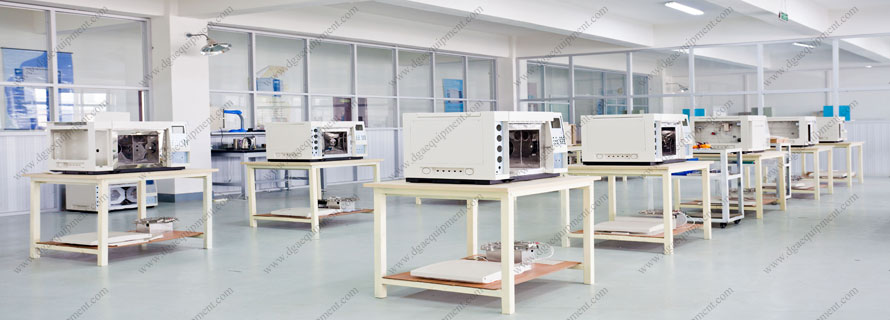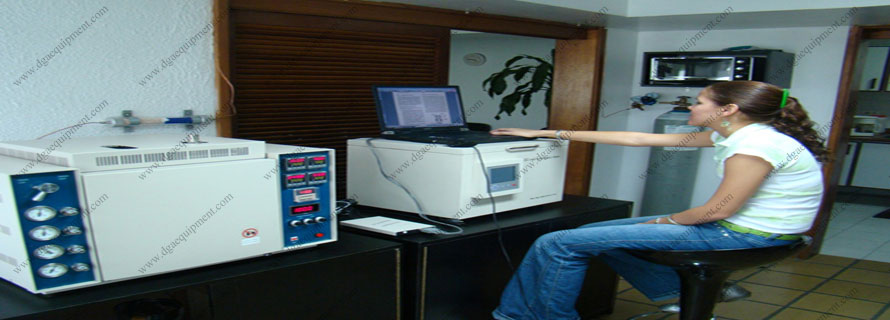ASTM D5707 Standard Test Method for Measuring Friction and Wear Properties of Lubricating Grease Using a High-Frequency, Linear-Oscillation (SRV) Test Machine
10. Report
10.1 Report the following information:
10.1.1 All parameters used to evaluate material as follows:
10.1.1.1 Test temperature, °C,
10.1.1.2 Test break-in load, N,
10.1.1.3 Test load, N,
10.1.1.4 Test frequency, Hz,
10.1.1.5 Test stroke, mm,
10.1.1.6 Test ball material,
10.1.1.7 Test disk material, and
10.1.1.8 Test sample.
10.2 Report both wear scar measurements taken on the ball.
10.3 Report the minimum coefficient of friction and, when required by specification, include a copy of the friction recording.
10.4 Report the depth of the wear scar on the lower specimen disk if profilometer reading was made.
11. Precision and Bias
11.1 Eighteen cooperators tested eight greases in the SRV apparatus. Average minimum coefficients of friction ranged from 0.056 to 0.122 and average ball wear scar diameter ranged from 0.50 mm to 0.90 mm. These precision statements were originally published in D5707-95.
11.2 Using this ASTM test method, the DIN working group has conducted 2000 and 2001 international round robin tests at 80 °C with two greases. The results are given, for information purposes, in Table 1.
11.3 The statistical analysis of the round robin test results 2010 showed better precision 10 than prescribed in the precision designations. The 37 cooperators tested six greases at 50 °C and 80 °C.
11.4 The precision of this test method, as determined by statistical examination of interlaboratory test results obtained at 200 N load, 50 Hz frequency, and 1 mm stroke at 50 °C and 80 °C is:
11.4.1 Average Ball Wear Scar Diameter:
11.4.1.1 Repeatability - The difference between successive results obtained by the same operator with the same apparatus under constant operating conditions on identical test material would, in the long run, in the normal and correct operation of the test method, exceed the following value only in one case in twenty.
0.07 mm
11.4.1.2 Reproducibility - The difference between two single and independent results obtained by different operators working in different laboratories on identical test method would, in the long run, exceed the following values only in one case in twenty.
For tests run at 50 °C, 0.29 mm
For tests run at 80 °C, 0.24 mm
11.4.2 Minimum Coefficient of friction:
11.4.2.1 Repeatability - The difference between succesive results obtained by the same operator with the same apparatus under constant operating condition on identical test material would, in the long run, in the normal and correct operation of the test method exceed the following values only in one case in twenty.
For tests run at 50 °C, 0.012
For tests run at 80 °C, 0.008
11.4.2.2 Reproducibility - The difference between two single and independent results obtained by different operators working in different laboratories on identical test materials would, in the long run, exceed the following values only in one case in twenty.
For tests run at 50 °C, 0.031
For tests run at 80 °C, 0.032
11.5 Bias - The evaluation of friction and wear properties of lubricating grease by this test method has no bias because coefficients of friction and wear scar diameter can be defined only in terms of the test method.
12. Keywords
12.1 coefficient of friction; lubricating grease; oscillation; SRV; wear



